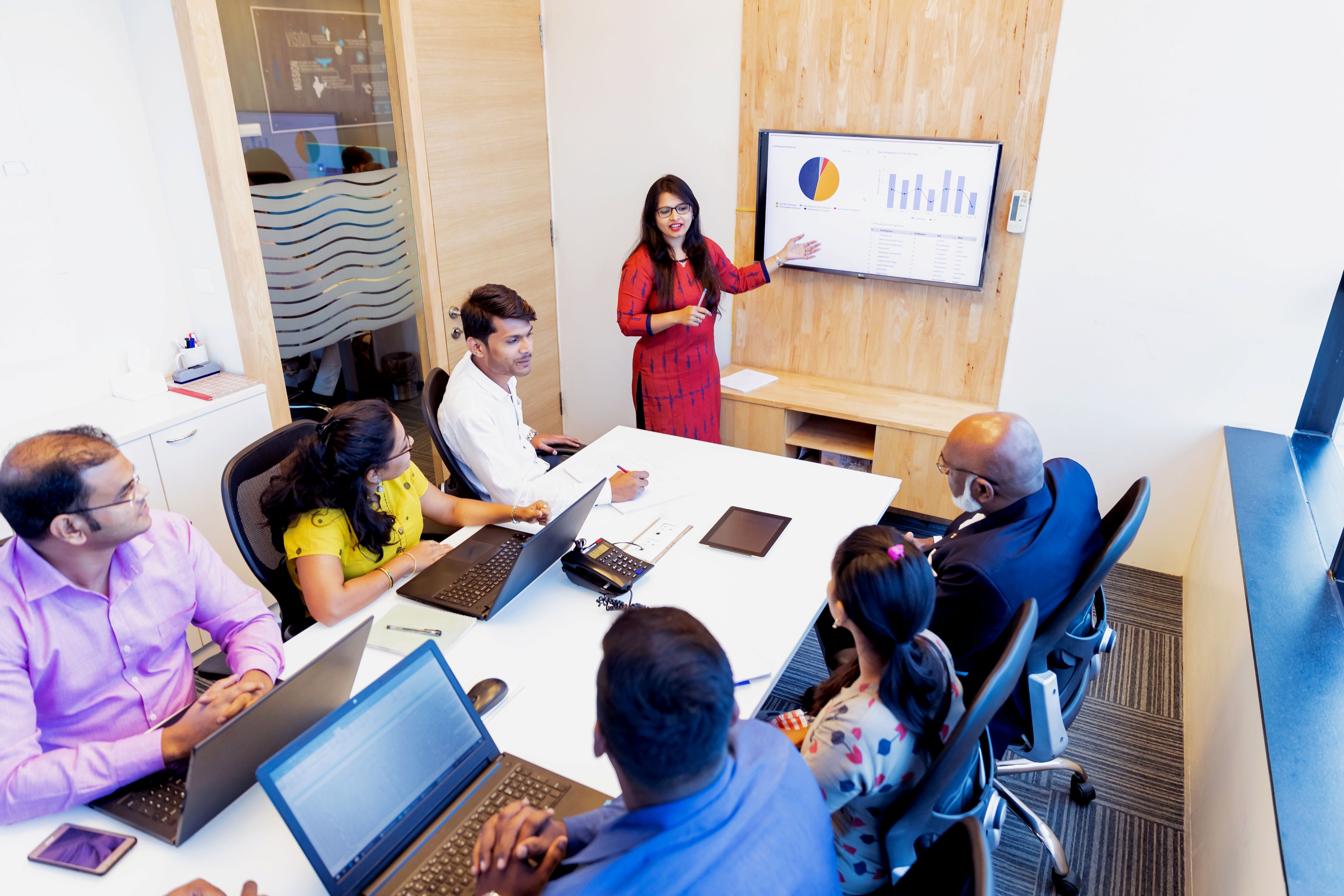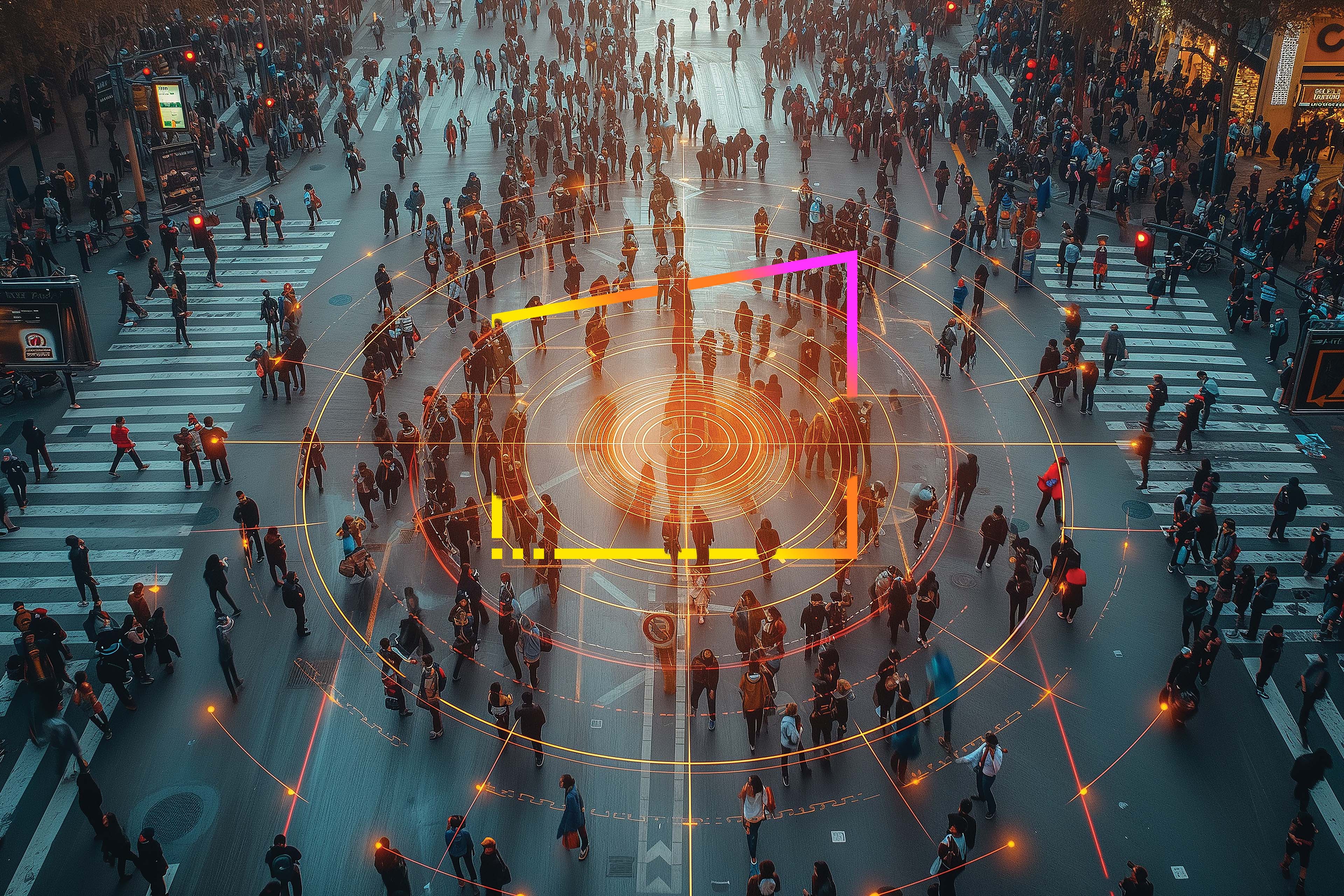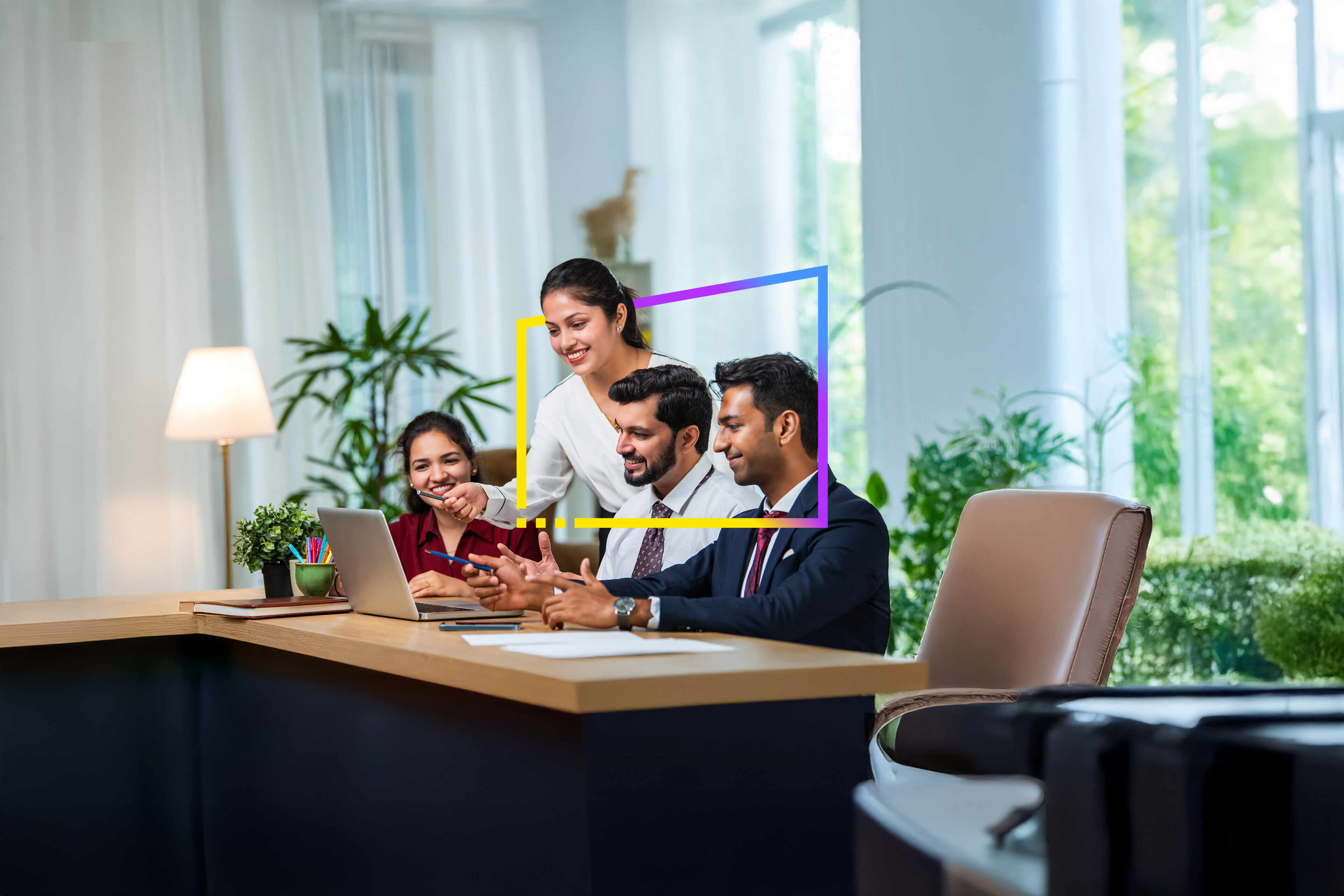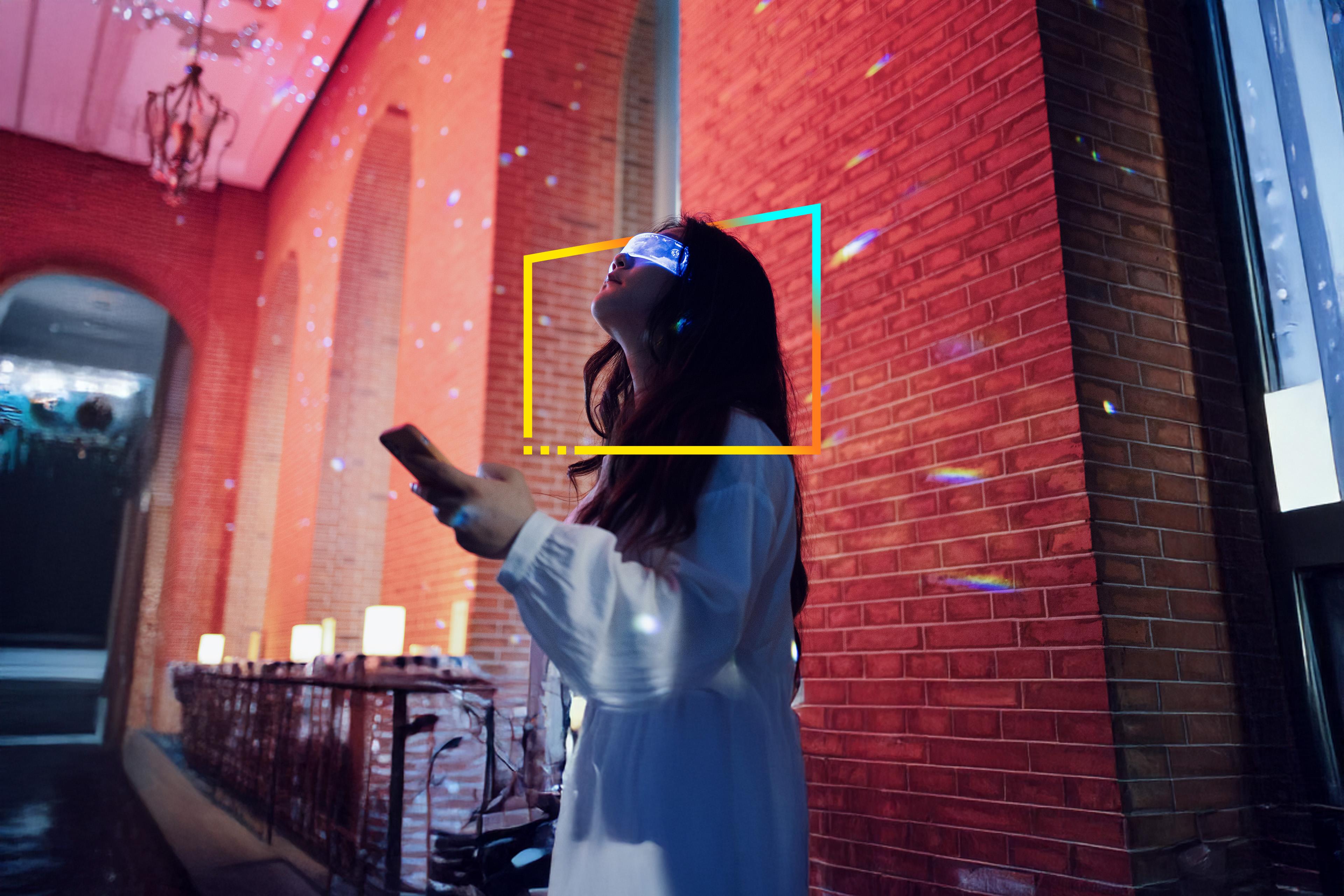EY refers to the global organization, and may refer to one or more, of the member firms of Ernst & Young Global Limited, each of which is a separate legal entity. Ernst & Young Global Limited, a UK company limited by guarantee, does not provide services to clients.
People and Workforce Advisory Services
Do you change your people, or change the way your people work?
Our latest thinking
Designing an AI-first workforce for the modern enterprise
Our Agentic AI report 2026, chapter 4, explores how enterprises build AI-first workplaces, integrate human-AI collaboration and redefine roles.
Agents and the promise of the infinite digital workforce
AIdea of India: Outlook 2026 chapter 1 explores how Indian enterprises adopt agentic AI to build digital workforces, redesign human-AI collaboration and govern autonomous agents.
The moonlighting minefield: A governance wake-up call for tech firms
Read the governance challenges posed by moonlighting in the tech industry and how organizations must establish strong internal controls and frameworks for moonlighting.
Decoding the PM Viksit Bharat Rozgar Yojana (PM-VBRY)
Explore how PM-VBRY (Pradhan Mantri Viksit Bharat Rozgar Yojana) offers incentives for employers, employees, compliance steps and formal employment growth tools.
(AI)deation to Impact: Architecting the AI-First Workforce
AI workforce transformation in India’s IT services and BPM industry is redefining roles, productivity, and talent models for an outcome-led future.
Understanding India’s Employment-Linked Incentive (ELI) Schemes
Explore India’s new employment-linked incentive schemes and their impact on hiring, compliance, and cost benefits for employers and employees.
Decoding the new Employment Linked Incentive (ELI) Schemes
In this webcast, panelists discussed the new Employment Linked Incentive (ELI) Schemes, benefits available to employers and employees and action planning for employers.
How a global MNC nearly halved its BGV time with Managed Services
A global MNC halved background verification time with managed services, boosting onboarding efficiency, cutting risks, and improving vendor performance.
The first firewall: Background checks as India Inc.’s frontline defense
Combat employment fraud with AI-powered background checks. Streamline verification, enhance hiring integrity, and safeguard against advanced fraudulent tactics. Learn more.
How your background verification solution can outsmart tech-savvy fraudsters
Background checks & verification solution at EY uses bgv process with AI‑powered screening, fraud detection & document checks to ensure hiring integrity.
New Labour Codes: What employers need to prepare for the go-live date
Explore the impact of New Labour Codes on businesses and employees, addressing benefits, challenges, and crafting actionable strategies for compliance.
How Indian CEOs are balancing optimism, transformation and resilience
Indian CEOs prioritize AI, talent retention, and transformation in 2025: 88% optimistic about business prospects, focusing on customer engagement and innovation. Learn more.
Paving the road to Viksit Bharat with economic opportunities for women
Explore the journey of women in STEM in India, from pioneers to leaders, addressing challenges, policy impacts, and the evolving landscape of gender diversity in STEM
The future of pay: Holistic rewards redefining talent strategies
Explore the EY Future of Pay 2025 report for insights on AI-driven pay, flexible work policies, and equity-based incentives reshaping India's workforce and compensation. Learn more.
Skilling for AI: A business imperative
Discover how organizations can build an AI-ready workforce to stay competitive. Learn about skilling gaps, cultural challenges, and strategies for AI adoption.
How much productivity can GenAI unlock in India? The AIdea of India 2025
Explore AIdea of India 2025 to find out how Gen AI is transforming industries, boosting productivity & reshaping India’s digital economy with innovation.
AIdea 2025 report - Transforming work with GenAI: EY India jobs study
EY study highlights how GenAI could raise India’s productivity by 5.44% by 2030 through automation, intelligent decision-making and augmented workflows.
How GCCs can leverage partner ecosystems to enhance innovation
Explore how GCCs boost innovation by partnering with ecosystems. Learn about collaboration models and the benefits of strategic partnerships.
How skills-first approach enables a fivefold transformation in organizations
Explore the transformative power of a skills-first approach in organizations for enhanced agility, innovation, and competitive advantage. Learn more.
Data 4.0: how to make your enterprise data AI-ready
AI and Data: Data 4.0 approach at EY helps organizations modernize data, improve governance, and build AI-ready foundations for analytics & GenAI success.
-
EY India delivers people advisory tax services to manage mobility, compliance, and workforce transformation across global markets and evolving regulations.
Read more -
EY Spotmentor uses AI to identify and close workforce skill gaps—empowering organizations to build a future-ready team with enhanced learning insights.
Read more -
Explore Competency Connect by EY India – an AI-driven talent assessment platform that enables smart hiring, skill-gap analysis, and workforce planning.
Read more -
EY India AI Academy offers GenAI upskilling programs for data scientists, data engineers, and GenAI engineers with role-based learning paths & trainings.
Read more -
AI in Recruitment: EY TalentMiner, AI recruiting tool helping organizations reduce time to hire, improve candidate experience & enhance quality of hire.
Read more -
EY People Experience can help you build insight, develop interventions and scale people experience capabilities. Learn more.
Read more -
Our Organization and Workforce Transformation solution can help build workforce capabilities needed to realize organizational strategy. Read more.
Read more -
Strategic HR Transformation team at EY specializes in HR management, consulting & strategy—evolving HR into a human value activator that drives innovation.
Read more -
Our People Advisory Services team can help your business build a workforce with the right capabilities, profile and focus to meet your goals. Learn more.
Read more -
Our recognition and reward advisors can help assess, restructure and redesign your total reward package as part of a coherent talent strategy. Learn how.
Read more -
Amongst growing disruption, increased complexity and heightened employee expectations, new approaches to change management can drive improved transformation outcomes.
Read more -
Learning & Development consulting at EY focuses on creating effective L&D strategies, knowledge management strategy, and corporate learning solutions.
Read more -
Our workforce transactions and M&A services professionals can help you effectively manage your new workforce. Find out more.
Read more -
Our professionals can help you establish workforce analytics that can inform regular action planning, reporting and ongoing program oversight. Learn more.
Read more
Our EY People Advisory Services team
Direct to your inbox
Stay up to date with The Next Agenda newsletter.





























